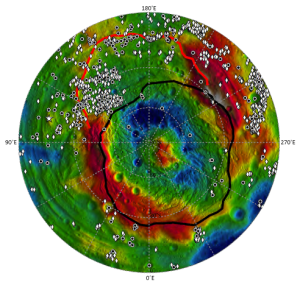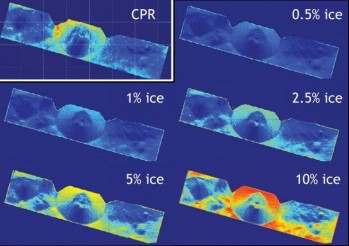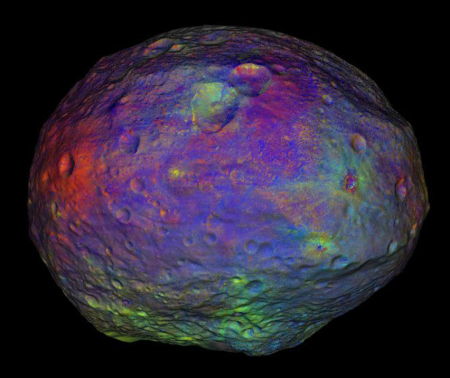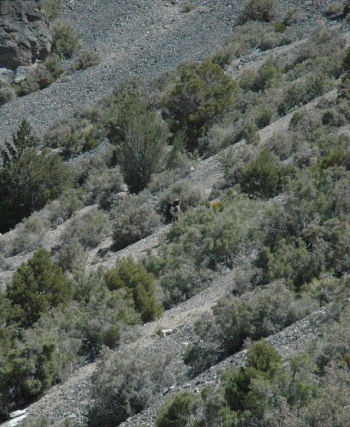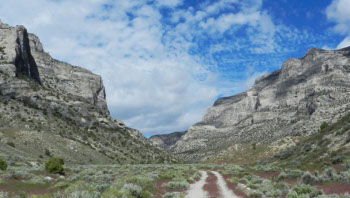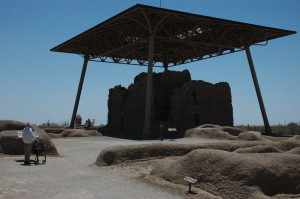Today, July 1, Behind the Black celebrates its second anniversary. Though I began posting a day or two before that, I consider July 1 to be the official premiere date. Since then I have published more than 6,200 posts, about 8.5 posts per day, focusing on issues relating to science, technology, politics, and space exploration. In between I’ve also added a sprinkle of popular culture and entertainment, for both my and your pleasure.
For those who have contributed to the website, either with intelligent comments or with financial donations, I thank you. I especially appreciate the quality of the comments, even from those who frequently disagree with me. We might disagree, but in general people have kept the discussion on a rational basis, with very few personal attacks. This is how it should be.
It is my hope to continue this blog for as long as I can, assuming I can afford to do it. Of course, the more donations I receive from my loyal readers, the more likely I will be able to keep it up. If you are a regular reader and would like to help keep this blog going, please consider giving a donation. The tip jar is located at the bottom of the column on the right.
And if you have already donated, thank you again. I can’t express how much it means to me as a writer, working alone in my office, to be recognized by others in this way. Not only does it help pay the bills, it helps juice the soul, making the daily grind easier to take.

